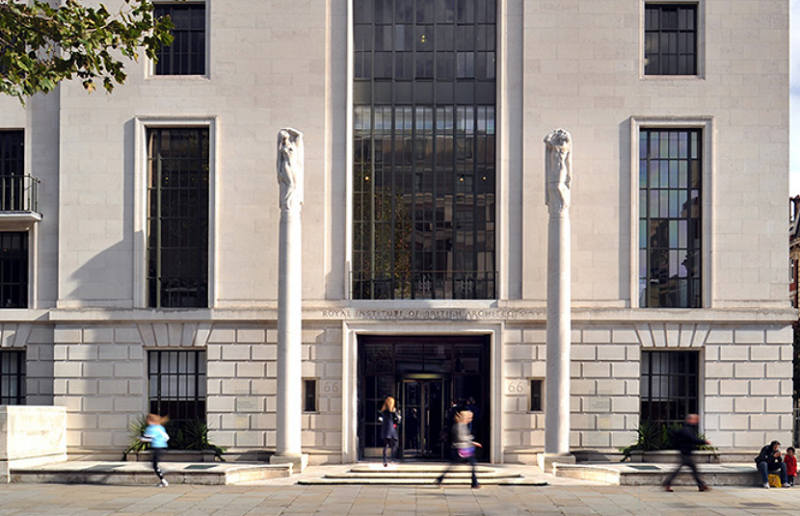The Royal Institute of British Architects (RIBA) has published the latest Future Trends survey results, a monthly report of the business and employment trends affecting the architects’ profession.
After five months of declining confidence, 2022 ends with an uptick. Whilst remaining negative, the RIBA Future Trends Workload Index was -8 in December, jumping from -21 in November. Over the next three months, 17% of practices expect workloads to increase, 25% expect them to decrease, and 58% expect them to stay the same.
All practice sizes are more optimistic. Small practices (1-10 staff) have an improved outlook of -11, up from -25 last month. Medium and large practices (11+ staff) are more confident about increasing workload, with a combined balance figure of +13.

The regional picture stays downbeat except for London (+4). The South of England (-20), Wales & the West (-5), and the North of England (-5) remain negative but improving. The Midlands & East Anglia (-16) is the only region to lose confidence compared to its -12 in November.
All monitored work sectors still expect reduced workloads but are more positive. The private housing sector (-11) rallied to rise 14 points, and the commercial (-4) and community (-4) sectors also saw a boost. The public sector (-10) outlook remains the same.
In terms of staffing:
- The Staffing Index has remained consistently more stable than the Workload Index throughout 2022, suggesting practices are looking to keep their teams intact through this fluctuating market
- The RIBA Future Trends Permanent Staffing Index recovered by three points to -3.
- 11% of practices expect to employ fewer permanent staff over the coming three months, 8% expect to employ more, and 81% expect no change.
- Medium and large practices are neutral about future staffing levels, with a combined Staffing Index figure of 0.
- Small practices continue to expect falling permanent staff numbers (-3).
- Anticipated demand for staff is highest in Wales & the West (+4), which has returned to positive territory, and in the South of England (0). Though still negative, London (-3) and the Midlands & East Anglia (-4) have an improved outlook. Only the North of England (-10) has seen the outlook for permanent staff deteriorate this month.
- The Temporary Staffing Index rose three points to -3.
- Levels of personal underemployment have fallen from 21% last month to 18% in December.
RIBA Head of Economic Research and Analysis, Adrian Malleson said: “Our figures show that most architects anticipate falling workloads at the start of 2023, a year that is likely to be challenging for much of the profession.
“However, confidence among architects has increased after a five-month lull. This may be explained by greater stability in government, and resilient sectors such as hotels and high-end residential work. Nevertheless, 2022 was a year in which confidence fell overall.
“The annual picture was modest; the average Workloads Index figure in 2022 was +1, compared to +21 in 2021 and -7 in 2020. The 2022 Index fell from +18 in January 2022 to end the year at -8. Expectations peaked in February (+23) and hit a low in November (-21).
“Practices were apprehensive about 2023, citing concerns around recession, fees levels, enquiry numbers, cashflow, and planning delays. Falling spending may harm investment in buildings.
“Ongoing challenges include a shortage of skilled tradespeople, downward pressure on fee levels, planning delays, PII costs, and competition from outside the profession.
“To look at the positives, construction products are more available and affordable, and in the recession, high-capital clients are likely to weather the storm, and some sectors will prove resilient. Inflation may be peaking, making a shallower downturn more likely.
“Making the built environment fit for a zero-carbon, energy-efficient future will require increasing investment. We will continue to report our findings to the Government and work with other built environment bodies to monitor trends.”




















